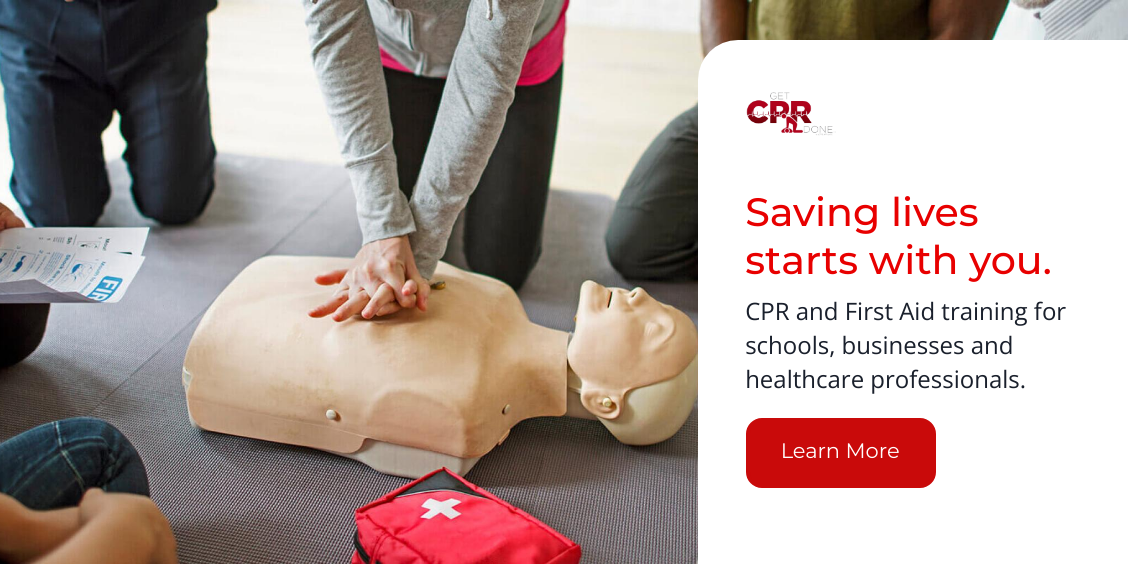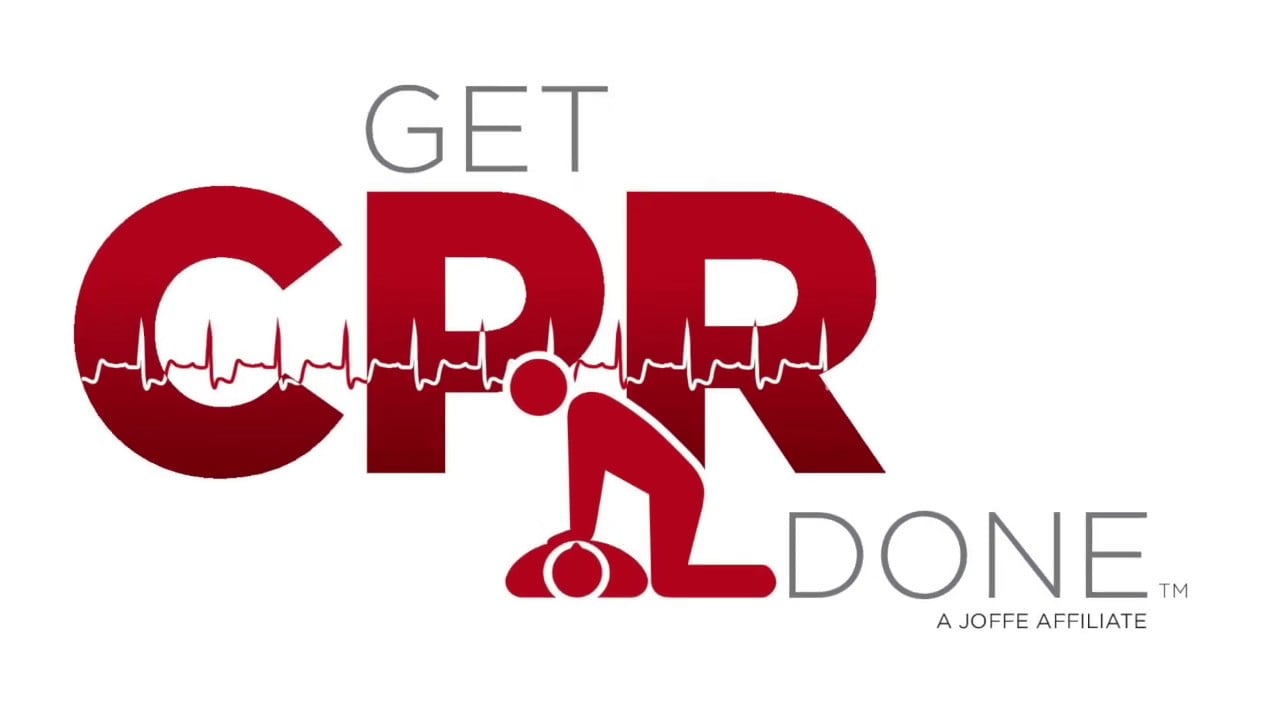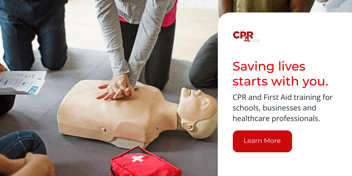
Burns are among the most common household injuries, ranging from minor to severe. For anyone involved in CPR and first aid training, understanding how to treat burns is crucial. This blog post will explore the types of burns, how to identify their severity, and the importance of immediate and proper first aid.
What are Burns?
Burns are injuries to the skin or other tissues caused by heat, electricity, chemicals, friction, or radiation. They can cause pain, swelling, blistering, and, in severe cases, shock or death.
Types of Burns
- Thermal Burns: Caused by contact with flames, hot objects, or steam.
- Chemical Burns: Result from contact with acids, alkalis, or other chemicals.
- Electrical Burns: Caused by an electric current passing through the body.
- Radiation Burns: Result from exposure to radiation, such as sunburn or radiation therapy.
Degrees of Burns
Burns are classified into three degrees based on their severity:
- First-Degree Burns: Affect only the outer layer of the skin (epidermis). Symptoms include redness, minor inflammation, and pain. These burns typically heal within a week without scarring.
- Second-Degree Burns: Affect both the outer layer and the underlying layer of skin (dermis). Symptoms include severe pain, redness, swelling, and blistering. Healing can take several weeks and may cause scarring.
- Third-Degree Burns: Extend through all layers of the skin and may affect underlying tissues. Symptoms include white or charred skin, numbness (due to nerve damage), and a leathery texture. These burns require immediate medical attention and can result in severe scarring or disability.
Recognizing the Severity of Burns
Accurately assessing the severity of a burn is essential for determining the appropriate first aid and whether professional medical treatment is needed.
Signs of Severe Burns
- Deep Wounds: Involving all layers of the skin and underlying tissues.
- Large Area Burns: Covering a significant portion of the body.
- Critical Locations: Burns on the face, hands, feet, groin, or major joints.
- Electrical Burns: Can cause internal injuries not visible on the skin.
- Chemical Burns: Especially if the chemical continues to cause damage after initial contact.
First Aid for Burns
Proper first aid can significantly impact the recovery and outcome of burn injuries. Here are the steps to follow:
For First-Degree Burns
- Cool the Burn: Run cool (not cold) water over the burn for 10-15 minutes or apply a cool, wet compress.
- Protect the Burn: Cover with a sterile, non-stick bandage.
- Relieve Pain: Use over-the-counter pain relievers like ibuprofen or acetaminophen.
For Second-Degree Burns
- Cool the Burn: Run cool water over the burn for at least 10 minutes.
- Protect the Burn: Cover with a sterile, non-stick bandage or cloth. Do not break blisters.
- Elevate the Burned Area: If possible, elevate the burned area to reduce swelling.
- Seek Medical Attention: If the burn is larger than 3 inches, or on the face, hands, feet, groin, or over a major joint.
For Third-Degree Burns
- Call Emergency Services: Immediately call 911 or your local emergency number.
- Protect the Burn: Cover with a sterile, non-stick bandage or a clean cloth. Do not immerse in water or apply ointments.
- Monitor for Shock: Lay the person flat, elevate their feet, and cover them with a coat or blanket if necessary.
The Role of Training
Proper training in recognizing and responding to burns is essential. CPR and first aid courses often include modules on how to treat burns effectively. Here’s why training is vital:
Confidence and Preparedness
- Immediate Response: Trained individuals can act swiftly, reducing the risk of severe complications or death.
- Proper Technique: Training ensures burns are treated correctly, maximizing recovery and minimizing scarring.
- Calm and Control: Knowledgeable responders can maintain composure, providing reassurance and stability in a crisis.
Understanding burns and the importance of proper first aid is essential for anyone involved in CPR and first aid training. Prompt and effective action can significantly impact recovery, making education and training in this area critically important. By promoting awareness, advancing training methods, and supporting community outreach, we can ensure that more people are prepared to handle burn emergencies confidently and effectively.
Take Action Now: Enroll in our CPR and first aid training courses to learn more about recognizing and responding to burns. Equip yourself with the knowledge and skills needed to save lives. Visit our website today to find a course near you and make a difference when it matters most. Stay informed, stay prepared, and you can make a difference when it matters most.
Ready to make a difference? Schedule a call with a training advisor and take the first step towards being prepared.
Sources: American Heart Association. (2024). Sudden Cardiac Arrest in Young Athletes.; Mayo Clinic. (2024). Sudden Cardiac Arrest.; American Academy of Pediatrics. (2024). Commotio Cordis: An Uncommon but Real Concern for Youth Sports.




